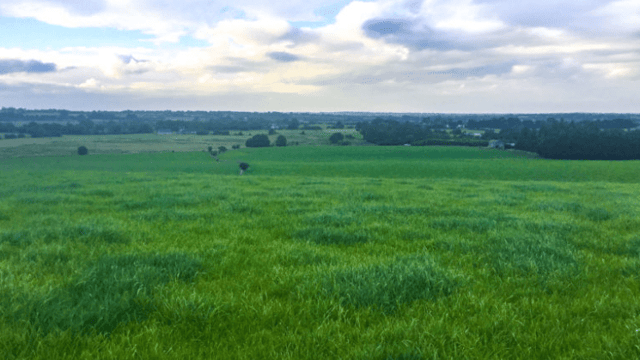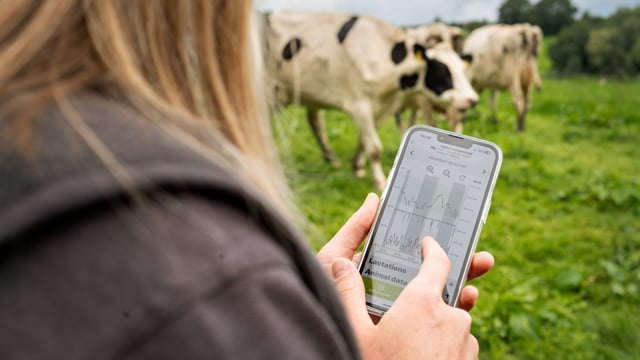Ewe management: Avoiding prolapsing issues
With lambing underway or set to get underway on many mid-season lambing flocks in the coming weeks, an issue that might arise is a ewe(s) prolapsing.
There is no single answer as to why it occurs, as it’s a complex condition with many contributing factors.
This generally occurs in the last month of pregnancy. In terms of nutrition, factors that slow down digestion or cause digestive upsets can cause pregnant ewes to vaginal prolapse which is the most common, uterine prolapse is also possible.
Feed and lying space
As ewes get closer to their due date, they get bigger and with that, they will need more space. All pregnant ewes, especially those that are carrying two or more lambs, are going to be under more pressure in late pregnancy and so they need to be managed properly.
Providing extra trough space by adding in walkthrough feeders or placing additional feed troughs around the pen would be worthwhile doing, as it will help to reduce pressure on heavily pregnant ewes.
Lying space is also something that needs to be considered. Mature ewes need between 1.2m² and 1.4m², depending on their size in straw-bedded sheds.
Health issues
Health issues such as prolonged lying down due to lameness, sub-clinical hypocalcemia and acidosis are also possible risk factors.
Therefore, treating underlying conditions in addition to identifying and removing lame or shy feeders (for preferential treatment) from pens where there is a lot of competition for feed space, will help reduce the risk of these sheep encountering vaginal prolapse.
Dealing with a ewe(s) that prolapses
Obviously, prevention is better than cure but in some cases, it is just unavoidable. Some simple management practices to carry out include:
Identifying ewes quickly that prolapsed and good levels of hygiene are critical when it comes to replacing vaginal prolapse.
If a ewe is left too long, then she is at risk of picking up an infection from dirty straw, faeces or soil.
In severe cases, veterinary assistance may be required along with antibiotics and pain relief to ease forcing – under veterinary advice.
Otherwise, mild cases can be simply reinserted using clean gloves as long as the open flesh is cleaned thoroughly with warm water and retained using plastic retaining spoons, or using a rope or a harness.






